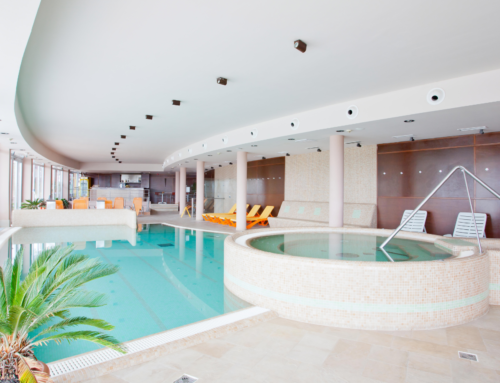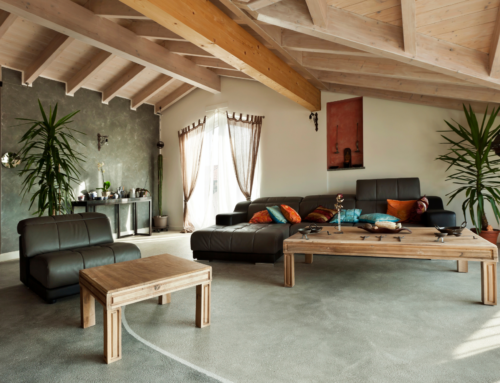In the world of flooring, there’s a whole lot of noise surrounding polyaspartic coating. While it’s not exactly new – having been invented in the 1990s by Bayer Material Science as a corrosion protection for steel – it’s a relatively recent addition to the flooring market.
So, what is it exactly? What are the benefits and why might you consider polyaspartic for your flooring project?
Everything you need to know about polyaspartic flooring
Let’s get the science bit out of the way first. We can define polyaspartic flooring as:
‘An aliphatic polyurea that’s spayed, painted or plastered onto a concrete or metal surface’.
That’s all well and good, but unless you know what an aliphatic polyurea is, then the above statement is as clear as mud. The easiest way to describe it is that it’s a synthetic polymer compound that displays outstanding resistance to the elements that risk degrading a floor surface. These are:
- UV light
- Chemical attack
- Abrasion
- Heavy machinery and traffic
- Hot vehicle tyres
While it’s not suitable for areas that require a breathable floor coating (more on that in a moment) a polyaspartic coating is the gold standard when it comes to long-lasting floor protection in challenging environments.
Further Info and Polyaspartic Coating FAQs
Polyaspartic coating is not the same as epoxy. While they share many similarities, they should be considered cousins, not twins. One aspect that confuses many people when comparing the two is that of durability. Both offer outstanding toughness, but – in the right situations – polyaspartic provides resistance above and beyond that of epoxy. In fact, in some cases where an epoxy floor is getting to the end of its lifespan, it’s possible to simply apply a polyaspartic coating over the top to enjoy many further years of tough, resistant, great-looking flooring.
The following answers some of the most commonly asked questions.
- How is polyaspartic coating applied? The usual way is with a roller, brush and squeegee, pouring it in place or dipping the tool into the product and smoothing it onto the floor.
- How long does it take to cure? The product cures very fast – with hardening occurring within two hours, or even less, in some cases. It’s usually ready for full use the day after application – the warmer the temperature, the quicker it will dry.
- What colours and finishes are available? Multiple colours and many finishes, such as flakes or metallic, are available. In similarity to epoxy floors, polyaspartic can be tailored as you require, including demarcation, patterns and even company logos if necessary.
- Where are suitable locations for polyaspartic flooring? They’re great for outside areas, thanks to being impervious to UV rays, having non-yellowing properties and resistance to the elements and changing temperatures. Because of its incredible strength, it’s a fab choice for a location that sustains high traffic or the risk of heavy strikes – such as in garages or warehouses.
- Where wouldn’t you use it? If you’ve got a surface that requires a breathable concrete sealer, then steer away from polyaspartic. Because the surface is seamless and protective by nature, it won’t let underlying moisture escape and problems could appear over time.
- Who should install polyaspartic coating? The flooring cures rapidly and has a short pot life (it will quickly start to dry in the pot if not applied quickly). This means that experience is required to create the right results. While a handy DIYer can often achieve a good job of installing an epoxy floor coating, it may be more challenging with polyaspartic.
- Is polyaspartic better than epoxy? Now, there’s a question… Each has attributes that make it the right choice for particular situations. If you require a floor surface that offers the best resilience against UV rays, temperature, damage and abrasion, then polyaspartic might be the better one. If you’re unsure, please contact SHIMICOAT technical department for further advice.
Having been in the trade for decades, the expert Shimicoat team will be delighted to answer all your questions about polyaspartic flooring. We can also help you find a professional installer, thanks to our network that covers virtually all of Australia. You can also find loads of other helpful info in our Shimi University, or simply give us a call and our friendly team will be delighted to assist.





